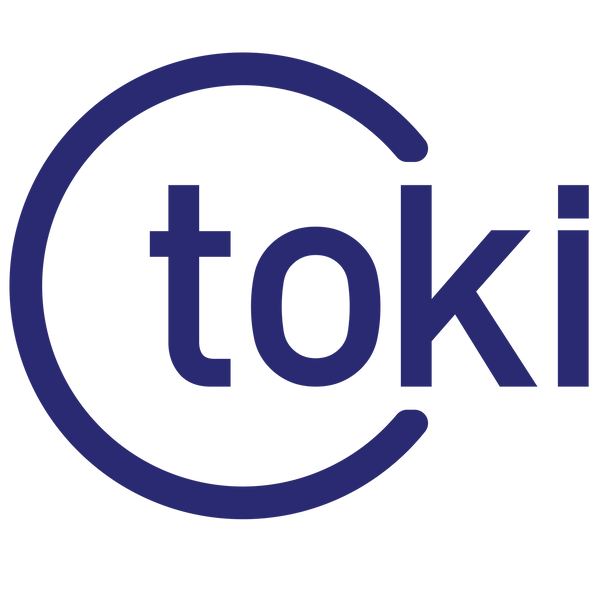In this blog, we will dive deeper into how chemical solvents work to remove conformal coating.
Conformal coatings are ideal for chemical removal, either alone or in combination with other methods. Acrylic is ideal for solvent removal, while silicone, polyurethane, and one-part epoxy benefit from chemical removal in combination.
Here are some important tips to ensure a safe and efficient cleaning process:
- Solvent Choice - Conformal coating resins require harsh solvents like toluene, xylene, acetone, or hydrocarbons to dissolve. Techspray offers Conformal Coating Remover and Conformal Coating Remover XT, designed to cut various coatings like acrylic, silicone, and urethane as Isopropyl alcohol (IPA) is usually not strong enough to break down conformal coating.
- Container - To remove conformal coating from a circuit board, use a large stainless-steel container. Avoid using aluminum or plastics as they can be affected by harsh solvents.
- Ventilation - A well-ventilated space is crucial for removing harmful solvent fumes from work areas to prevent health issues from prolonged exposure. With flammable solvents, it is even more important to have sufficient ventilation to prevent a build-up of flammable fumes which would be a fire hazard.
- PPE (Personal Protection Equipment) - Personal protection equipment, such as solvent-resistant gloves, safety glasses, and face shields, are crucial to keep solvents off the skin and body. Additional garments may be required depending on the exposure levels.
- UV “black light” inspection lamp - Conformal coatings often contain UV tracers or brighteners, allowing them to glow under UV light with a wavelength of 320-380 nm, blocking out other lights.
What you need to chemically remove conformal coatings
- Conform Coating Remover Pen – Specialized solvent intended for removing conformal coating is available in a pen dispenser.
- Brushes – Dry brushes help break down the coating or separate it from the board surface.
- Polyester Knit Swabs – Will tend to swell and break down when exposed to the types of solvents used for coating removal.
- Polyester Knit Wipes – Similar to swabs, a polyester knit fabric is ideal for wiping off dissolved coating.
- Temporary Solder Mask – Temporarily cover areas of the board that needs protection against the solvents used.
Coating Removal for isolated areas using Chemical Solvent
 |
MaskingUse Techspray Wondermask or polyimide tape to temporarily cover sensitive areas of the board or outline the area to be removed. |
 |
PreparationPrepare the appropriate tools such as a pen, swab or brush depending on the size and orientation of the coating to be removed. |
 |
Scrub and ApplyScrub the surface and allow the solvent to flow and sit on the surface of the board to break down the coating. |
 |
MaintenanceNote that coating resin may accumulate, so you will need to rub the buildup on the wipe material and re-soak the tip or select a new brush, swab or part of the wipe before proceeding. |
Coating Removal from entire PCBA using Chemical Solvent
In some cases, removing a significant part of the board can be easier by removing the entire assembly or masking discrete areas and immersing the rest.
 |
MaskingUse polyimide tape or Techspray Wondermask to protect some portions of the board from the solvent. |
 |
SoakSoak the board in solvent for at least an hour, depending on coating type and thickness. Acrylic dissolves easily, remaining clear but visible as solvent flows. |
 |
Scrub and RinseRinse a board with fresh solvent, scrub, and use a second container if needed. For silicone and urethane, soak longer and agitate. Use a brush for coating separation. |
 |
Repeat, scrub and rinseRinse with fresh solvent and repeat as necessary. |
 |
Dry and inspectDry the board, inspect under a UV "black light" lamp, and repeat the rinsing process if any glowing areas are found. |
In conclusion, when faced with the question of whether chemical solvents are the right choice for your specific needs, it is essential to carefully weigh the advantages and disadvantages. Contact our team at sales@tokimeku.com for a discussion on the best removal method for your conformal coating if you have any doubts.
